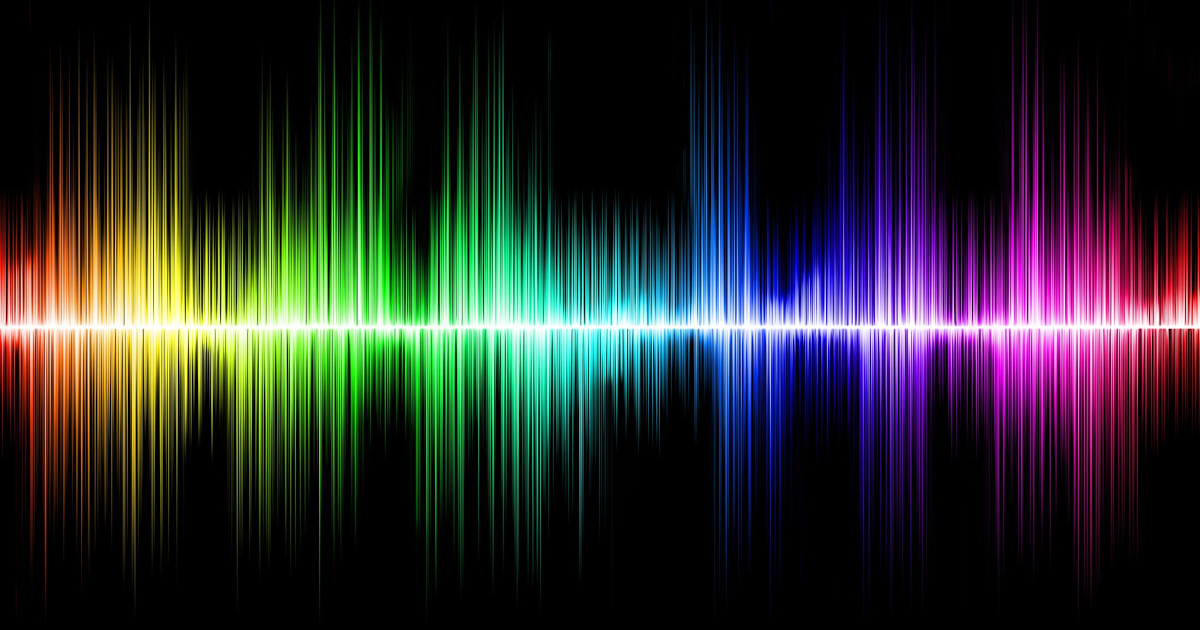News from Alertacall plus articles and insights on how to enhance outcomes for people with higher needs in the housing, health and social care sectors.
In July 2019 the NHS announced a partnership with Amazon’s Alexa and much has been made of this link in the media. Most of the discussion has surrounded immediate concerns regarding data sharing, data security and also the commercial aspects of the relationship. This last point has raised some eyebrows, not least because of Amazon’s own ambitions to provide healthcare services.
However, setting aside the very real privacy threat and potential conflicts of interest for a moment, there has been less comment on the potential efficacy of voice activated systems.
The NHS initiative with Amazon is based on providing individuals with a reliable source of medical information. Patients now routinely Google their symptoms which means, in a world of growing misinformation and fake news, ensuring they receive the best guidance must be a step in the right direction. Misleading sources will be influenced by commercial conflicts of interest, or even cultural and religious preferences. Hence, knowing the right information has been received will benefit both individuals and health practitioners alike.
As the population ages, the share of total NHS acute spending on those aged 65 and over rises from 48% in 2018−19 to 60% in 2033−34. However, just how great is the potential offered by voice activated systems in managing the needs associated with this age group?
It is true that there are other clear benefits to how voice activated speakers can help older people in their daily lives. For some people, the simple voice interface is easier to use than trying to navigate other smart devices. Voice activated systems can enable users with other day-to-day activities, such as switching on other household devices, calling family members, accessing weather and news reports, and listening to their favourite radio station.
Some organisations are asking the question of whether these devices could ever replace the need for wearable alarms? Given most people with a pendant alarm invariably do not wear it, surely just being able to call for help must be an advantage?
issues with accessibility and affordability
The first challenge will be accessibility, in 2018 the Office of National Statistics reported that just 59% of over 65s had internet access. This is a major limiting factor in its potential. While this is a figure will undoubtedly grow, it will need to grow significantly before the systematic introduction of voice activated devices can become an integral part of health management for this age group.
inaccuracies in comprehending speech
The second, and potentially more serious, factor is the success rate of voice activated systems in speech recognition. A study conducted in July 2019 concluded that Google Assistant was the most accurate smart speaker with 81% of all queries answered correctly, while Amazon’s Alexa only recognised and answered 34% of all questions.
Social media sites have countless examples of voice activated devices that have not understood what has been said and which have often responded with something completely unrelated. This is especially evident where an individual has a strong regional accent, but can even relate to someone having a sore throat or cough. While some of these online clips can be entertaining, there will be many instances where poor voice recognition has far more severe consequences. Misunderstanding hypertension (high blood pressure) for hypotension (low blood pressure) could have major consequences.
Perhaps of greatest concern is the reliance on such a device in getting help for an individual, such as following a fall. In cases where a person is in severe pain or is very stressed, the ability to speak clearly reduces at exactly the time it becomes most important to be understood.
voice activated speakers need to be activated to provide assistance
Furthermore, just like with a pull cord alarm, or indeed a pendant alarm, that may have been left on a shelf or in a drawer, you need to have fallen near the device in order to make contact. Being in a different room to a voice activated speaker when you are immobile means you cannot summon help. With certain conditions that may lead to unconsciousness, or a reduced ability to speak, such as following a stroke, it will be insufficient to rely on customer activated technology.
why daily contact and the human touch is important in helping people stay safe at home
Alexa/Siri/Google Assistant and other voice activated systems certainly have a major role to play in informing and even giving guidance. They can also be a massive benefit in helping those with physical or visual impairments with daily tasks, such as enabling lights to be switched on or changing radio stations. However, voice activated systems are not the panacea to serve all circumstances. An accuracy level of 81% in understanding speech is probably acceptable when asking for general information, but is simply too low in potentially serious medical or emergency cases.
Being able to help where a rescue of some kind is required, especially instances that affect the older population, requires a different approach. Interpreting a person’s need sometimes requires the human touch. When Alexa was once asked ‘Alexa, I need urgent medical assistance’, the individual did not want the response of ‘I have added urgent medical assistance to your shopping list’. That is why all of Alertacall’s services are centred around daily contact and confirming wellbeing through a combination of technology and a highly trained team.
To find out more about WellBeing Proactive and how it can benefit health and social care providers, call Fiona Hasson, Partnerships Manager, on 0808 208 1234 or email contact@alertacall.com








